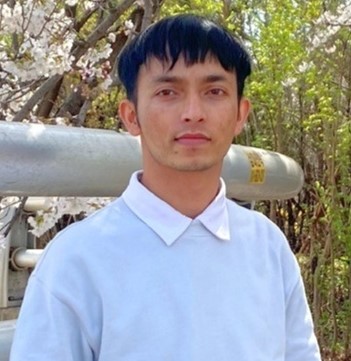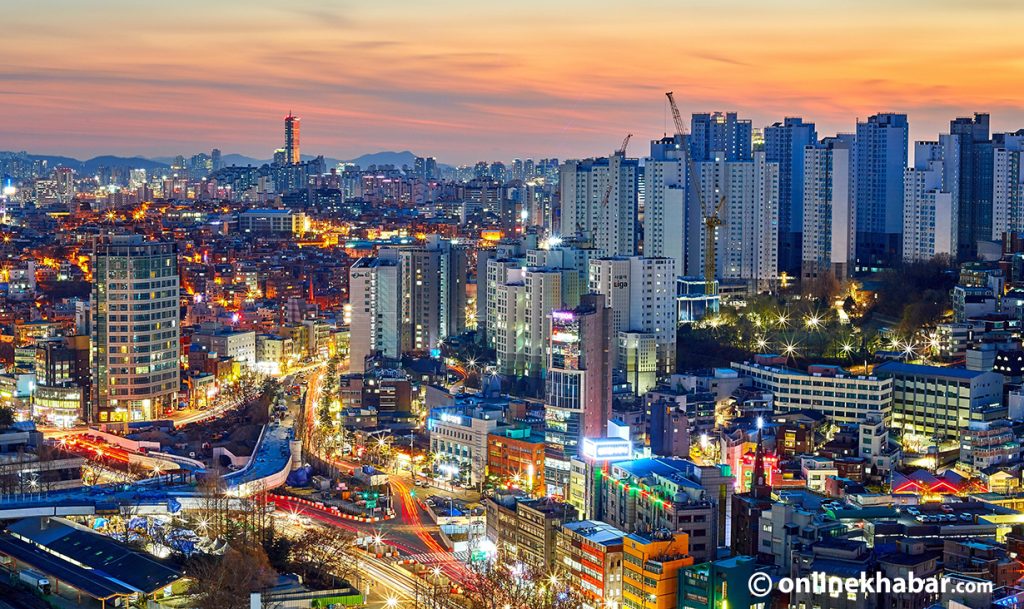
Korean Wave, also known as the Hallyu, has been a global phenomenon sweeping the world for the past 20 years and Nepal is no exception. Korean Wave covers Korean pop music, drama, technology, cuisine, beauty trends, and more. Thanks to Hallyu, Korean has become the 7th most-studied language on the Duolingo language learning app in 2022.
According to recent news from CNN, Korean is one of the fastest-growing languages globally, surpassing traditionally popular rivals like Chinese in various markets. The news highlights the significant role Hallyu played in increasing interest in the Korean language. The roots of Hallyu trace back to the late 1990s when Korea began exporting dramas to neighbouring countries like China and Japan, setting the stage for the global spread of Korean entertainment.
One pivotal moment was the rise of K-pop, Korea’s popular music genre, in the early 2000s. Groups like Girls’ Generation and Super Junior played a crucial role in introducing K-pop to international audiences, transcending cultural and language barriers.
On November 16, G50 K-Academy, in collaboration with Naeil Newspaper, held a program at the Seoul School of Integrated Sciences and Technologies on Korean Content. Over 50 international students from around 50 countries, including Nepal, participated.
Professor Kim Chi Ho from Hanyang University lectured on the history, present, and future of Hallyu, as well as a brief introduction to CJ E&M. CJ E&M is a South Korean entertainment and media company. It is a major player in the Korean entertainment industry and has expanded its reach internationally. Following the lecture, we had an exclusive rehearsal witness opportunity of ON & One, the debut single of the new multinational K-pop group, Ampers&One, at the CJ E&M headquarters.
Hallyu’s global takeover through Psy and Gangnam Style

Hallyu entered a new phase in 2012 with the sensational popularity of Psy’s Gangnam Style. This cheerful dance song became a global sensation, propelling K-pop into the mainstream and setting records with billions of views on YouTube. Psy’s charismatic presence and catchy song broke cultural barriers, turning ‘Gangnam Style’ into a breakthrough for the Korean music industry.
In 2019, Bong Joon-ho‘s groundbreaking film Parasite made history by winning the Best Picture award at the Oscars, marking the first time a non-English language film achieved such recognition. Beyond captivating audiences with its dark yet comical social thriller, Parasite showcased the depth and quality of Korean cinema.
As we transition to 2021, the streaming platform Netflix witnessed the global phenomenon of Squid Game. This series dominated worldwide streaming charts, sparking discussions about the influence of Korean storytelling.
The rise of K-pop

Korean pop music (K-pop) has become a global sensation, reshaping the world music landscape. From the infectious beats of EXO and BTS to the powerful anthems of BLACKPINK, New Jeans, and Aespa, K-pop groups have garnered enthusiastic fanbases worldwide.
With melodic tunes, energetic performances, captivating dance moves, and aesthetically pleasing music videos, K-pop has become a cultural force extending beyond the world of music.
Hallyu has also made a significant impact on the tourism industry, with many people travelling to Korea to experience its unique culture. In countries like Nepal and India, the increasing popularity of Hallyu has led to a rise in travel to Korea post-Covid pandemic.
In recent years, there has been a growing number of young Nepalis inspired by Hallyu, expressing interest in visiting Korea. The viewership of Korean dramas and films has increased, and more people are becoming fans of Korean actors and K-pop idols. Events organised by Korean idol fan groups in Nepal, such as fan meetings, volunteering, and small donations, can be observed through social media.
Nepal recently secured the top position among the 16 partner countries of Korea’s Employment Permit System (EPS) for the first time in 16 years. The demand to work in Korea has increased, indicating high competitiveness. Through EPS, Nepal supported around 20,000 workers in 2023, benefiting over 100,000 Nepalis to date. This provides economic support to Nepal and a workforce for Korea.
According to a beauty advisor in Nepal, “Due to the demand for products inspired by Korea, the Nepali market now holds a rich collection of Korean beauty and cosmetic products. Many young people aspire to emulate Korean celebrities”. The same trend is observed in the Korean style, language and cuisine.
Mandumo, a Korean wig company that has invested in Nepal, employed 680 local women, inspired by cultural diversity. As we approach the 50th anniversary of diplomatic relations between South Korea and Nepal next year, the two countries have cooperated well, mutually benefiting each other.
Korean restaurants also seem to be increasing and getting benefits due to the surging popularity of Korean culture in Nepal.
Navigating through the diverse waves of K-pop and Korean culture, Korea’s global influence has shown to be more than a passing trend. It shapes the cultural preferences of people worldwide, creating a discussion on cultural interests. Each time music, dramas, or cuisine emerge Hallyu strengthens its influence, promising an enchanting future where the world continues to be captivated by the cultural charm of Korea.
























